
Beat the Texas Heat: Summer AC Hacks That Save Money
If you think summer in Texas is intense, this year is turning up the heat before it even begins. In May 2025, cities across the state—like Austin, Dallas, and San Antonio—are already hitting triple-digit temperatures, weeks ahead of schedule. According to the National Weather Service, this early-season heatwave is setting new records and putting serious pressure on household energy use and the state’s power grid.
For many Texans, that means one thing: higher electricity bills. But staying cool doesn't have to be expensive. Whether you're facing another heat advisory or simply trying to prep for the scorching months ahead, there are simple, practical ways to keep your home comfortable without breaking the bank. In this guide, we’ll show you proven AC tips, thermostat strategies, and home-cooling hacks that make a real difference in both comfort and cost.
Why Texas Summers Hit Your Wallet So Hard
When the Texas heat hits, your air conditioner works overtime—and so does your electricity bill. In fact, cooling your home can account for more than 50% of your total energy use during the summer months, according to the U.S. Department of Energy. This isn’t just because it’s hot; it’s also about how and when we use electricity in Texas.
Texas homes are typically large, and many rely on central air conditioning systems that have to battle not just outdoor temperatures, but also radiant heat from rooftops and poorly insulated attics. Add in humidity, and your AC has to work even harder to remove moisture from the air while trying to cool it down. If your system is old or inefficient, you're using even more energy just to stay reasonably comfortable.
Then there’s the issue of peak demand. Texas electricity providers and utilities often charge more during high-demand hours—usually in the late afternoon and early evening—when millions of Texans are getting home and cranking up the AC. These time-of-use price fluctuations can quietly inflate your bill, especially if you’re running your cooling system full blast during peak hours.
Understanding these cost drivers is the first step to making smarter decisions. From thermostat strategies to maintenance and energy plan selection, every little tweak adds up. Fortunately, there are practical, low-cost changes you can make today to keep both your home and your wallet cool.
Thermostat Tricks That Actually Work
Adjusting your thermostat is one of the easiest—and most effective—ways to cut down on summer cooling costs in Texas. The trick is finding the right balance between comfort and efficiency, especially during extreme heat. According to the U.S. Department of Energy, setting your thermostat to 78°F when you're home and raising it to 85°F when you're away can significantly reduce your energy consumption without sacrificing too much comfort.
If that still sounds too warm, don't worry—you can enhance the effect by pairing your thermostat with** ceiling fans**. Fans don't cool the air, but they do help sweat evaporate and make it feel about 4°F cooler. That means your home can feel like it's 74°F even if the thermostat is set higher.
Even better? Investing in a smart thermostat allows your system to automatically adjust settings based on your habits, occupancy, and even outdoor temperatures. Some models can even learn your preferences over time and help optimize your usage for savings. Many Texas energy providers offer rebates or discounts for customers who install approved smart thermostats—so be sure to check if your current provider has a program like this.
And here’s a bonus: avoid constantly adjusting the thermostat throughout the day. Letting your AC cycle naturally at a consistent setting is far more efficient than cranking it down every time you feel a heatwave coming through. Steady use saves more than reactive use, especially during peak hours.
By using your thermostat smarter—not harder—you can keep cool and keep your energy costs under control.
How to Prep Your AC for Peak Season
Before summer officially arrives, your air conditioner deserves some attention. A well-maintained AC system not only cools more effectively but also uses less electricity—meaning lower bills during the hottest months of the year. Regular upkeep is especially critical in Texas, where long cooling seasons can quickly wear out HVAC components.
Start with the simplest task: change your air filter. A dirty filter restricts airflow, forcing your system to work harder and run longer to achieve the same results. During high-use months, it’s best to replace your filter every 30 days. It’s a cheap fix that can reduce your energy use by 5–15%, according to the U.S. Department of Energy.
Next, clear the area around your outdoor condenser unit. Grass clippings, leaves, and debris can block airflow and decrease efficiency. Trim nearby vegetation and gently hose down the unit to remove dirt buildup. If you're comfortable with DIY, you can even open the top grate and vacuum out the inside using a shop vac—just make sure the power is off first.
A full HVAC tune-up from a licensed technician is also a smart investment. They’ll check refrigerant levels, test for leaks, clean the coils, and inspect the electrical components—things most homeowners can't easily do themselves. While it may cost a bit upfront, a professional tune-up can extend your system’s life and prevent expensive emergency repairs in the middle of a heatwave.
Lastly, inspect your ductwork and insulation. Leaky ducts can cause up to 30% of cooled air to escape before it reaches your rooms. If your attic or walls aren’t properly insulated, your AC will have to work double-time just to keep up. Sealing and insulating these areas helps retain cool air, leading to both increased comfort and long-term savings.
Prepping your AC before it’s running nonstop isn’t just good for your equipment—it’s a move that pays off all summer long.
Keep Cool Without Cranking the Thermostat
Believe it or not, some of the most effective ways to cool your home during a Texas summer don’t involve lowering your thermostat at all. These small, low-cost habits can make a noticeable difference—especially when combined with smart thermostat strategies.
Start by making the most of ceiling fans. Set them to rotate counterclockwise in the summer so they push air downward, creating a wind-chill effect that makes it feel cooler. Just remember: fans cool people, not rooms, so turn them off when you leave the room to save energy.
Next, take a look at your windows. Sunlight pouring through your glass can rapidly heat up your home. Closing blinds or curtains during the hottest parts of the day, especially on south- and west-facing windows, helps block radiant heat. For an extra layer of protection, consider installing blackout curtains or reflective window films.
Appliances matter, too. Your oven, stovetop, and even your dryer all generate excess heat that can raise your indoor temperature. Try using the microwave, air fryer, or grill outside for summer meals. Run the dishwasher or do laundry early in the morning or after sunset to avoid heating your home during peak hours.
Humidity also plays a big role in how hot your home feels. Running a dehumidifier can make your space more comfortable at higher thermostat settings by pulling moisture from the air. The drier the air, the easier it is for your body to cool down naturally.
Finally, embrace natural ventilation when it’s cooler outside. Open windows in the early morning or late evening to let in fresh air and flush out the heat built up during the day.
By using these passive cooling techniques, you can take pressure off your AC system, stay comfortable, and reduce your electricity bill—all without touching the thermostat.
Smart Habits for Smart Savings
Sometimes, saving on your electricity bill comes down to the small things you do every day. By building a few smart habits into your routine, you can reduce energy waste, make your home more efficient, and keep your cooling costs in check all summer long.
One easy win is to shift your high-energy tasks—like doing laundry or running the dishwasher—to early morning or late evening hours. These off-peak times are typically cooler and may fall outside of high-demand periods, which is especially helpful if you’re on a time-of-use electricity plan.
You should also be mindful of phantom energy loads—the electricity used by electronics and appliances even when they’re turned off. Devices like TVs, gaming consoles, chargers, and coffee makers still draw power when plugged in. Using smart power strips or unplugging devices when not in use can help cut this silent drain and lower your baseline usage.
Another good habit? Take shorter, cooler showers. It reduces the amount of energy your water heater uses and prevents hot steam from raising your indoor temperature, which would otherwise trigger your AC to work harder. Pair this with bathroom exhaust fans to quickly remove heat and humidity from the air.
Also, consider the power of scheduling. Program your thermostat to adjust automatically based on your work and sleep schedules. Even small changes—like increasing the temperature by 7–10 degrees for 8 hours a day—can cut cooling costs by up to 10% per year, according to the U.S. Department of Energy.
Finally, make it a habit to check your energy usage regularly. Most Texas electricity providers offer usage dashboards or apps that break down your daily or hourly consumption. Monitoring your habits gives you real insight into what’s driving your bill—and where you can take control.
The more consistent these habits become, the more money you’ll save without even noticing the effort.
Do Your Electricity Plan and TDU Matter?
Absolutely—they matter more than most people realize. In Texas’s deregulated electricity market, your electricity plan and your Transmission and Distribution Utility (TDU) play a major role in how much you pay and how flexible your usage can be during high-demand months like summer.
Your electricity provider (also called a Retail Electric Provider or REP) sells you the plan, but the TDU is the company responsible for delivering electricity to your home and maintaining the infrastructure. You can't choose your TDU—it’s assigned based on your location—but you can choose your electricity plan, and that's where savings opportunities begin.
Some plans offer perks that are tailor-made for summer. For example, time-of-use plans or free nights/weekends plans can help you save if you’re able to shift your energy use outside of peak hours. Others offer fixed-rate plans that shield you from price spikes during extreme weather. And certain REPs even provide incentives for installing smart thermostats or participating in demand response programs—where you get rewarded for using less energy during peak times.
If your current plan doesn’t align with your summer lifestyle—or if you’re unsure what kind of plan you have—it may be time to explore better options. That’s where we come in. At Ladybug Energy, we help Texans compare plans based on real usage patterns, so you can find one that fits your home, your schedule, and your budget.
And don’t forget about the TDU delivery charges on your bill. These fees are regulated but vary depending on which utility services your area. Knowing your TDU—whether it’s Oncor, CenterPoint, AEP Texas, or TNMP—can help you understand how grid conditions affect your pricing and service reliability.
Being informed about both your plan and your provider is a key piece of the energy-saving puzzle.
Bonus: Low-Cost Upgrades That Pay Off Quickly
Not every energy-saving improvement requires a big budget. In fact, there are several low-cost upgrades you can make today that deliver measurable results throughout the summer—and even year-round.
Start with blackout curtains or thermal window coverings. These are easy to install and can block up to 90% of incoming sunlight, dramatically reducing indoor temperatures during the hottest parts of the day. You’ll especially notice the difference in rooms with west- or south-facing windows.
Next, seal up air leaks around doors and windows using weatherstripping or caulk. According to the Energy Star’s energy efficiency guide, sealing air leaks can cut energy costs by 10–20%. It also helps your AC work more efficiently by keeping cool air in and hot air out.
Smart plugs are another easy win. They allow you to control electronics remotely or set schedules to automatically turn devices off during peak times. Pair them with home assistants or use manufacturer apps to manage usage even when you’re not home.
If you’re ready to go a step further, adding attic insulation can drastically reduce the amount of heat that seeps into your home. The attic is often the hottest part of a house during summer, and poor insulation makes your cooling system work much harder. This upgrade can be done for a few hundred dollars and pays off over multiple seasons.
Finally, installing a door sweep or upgrading old weathered thresholds helps prevent hot air from creeping in underneath exterior doors. It’s a small fix, but one that reduces drafts and contributes to more stable indoor temperatures.
Stay Cool, Stay Safe
Saving money on electricity is a big deal—especially during a scorching Texas summer—but comfort and safety should always come first. Heatwaves can be more than just uncomfortable; they can be dangerous, particularly for young children, older adults, and those with health conditions. That’s why it's just as important to prepare your home for safety as it is for savings. Staying hydrated, knowing the signs of heat exhaustion, and checking in on vulnerable neighbors are all part of responsible summer living in Texas.
If you want to go beyond efficiency and learn how to truly protect your household during extreme temperatures, don't miss our guide on surviving Texas heatwaves. With the right habits and a little preparation, you can stay cool, stay safe, and keep your energy costs under control all season long.
Stay cool, spend less, and enjoy your summer—Texas style.

July 4, 2025
Energy Independence Starts at Home: 4 Ways to Declare Your Personal Freedom from High Bills This Fourth of July

June 20, 2025
How Smart Home Security Systems Affect Your Energy Usage

June 13, 2025
The Smart Texan’s Guide to Beating the Heat: Budget-Friendly Home Upgrades

June 3, 2025
Hurricane Season in Texas: How to Prepare for Power Outages

May 29, 2025
No AC? No Problem: How to Stay Cool During a Heatwave Without Air Conditioning

May 27, 2025
Battery Storage at Home: Are They Worth It?

May 23, 2025
Record May Heat in Texas 2025: What It Means for Your Summer Energy Bills

May 20, 2025
The Rising Popularity of EVs: What It Means for Your Electric Bill

April 17, 2025
The Truth About Phantom Loads: How Standby Power Is Draining Your Wallet

April 4, 2025
How to Perform a DIY Home Energy Audit and Cut Your Utility Bills

March 31, 2025
Smart Tips to Lower Your Electricity Bill

March 18, 2025
Green Energy 101: Decoding Renewable Electricity Plans

March 14, 2025
Upgrading to a Smart Thermostat: Why You Should Do it and What You Need to Know

February 24, 2025
Power Play: A Step-by-Step Guide to Estimating Your Home's Electricity Usage

February 3, 2025
How Weather Impacts Energy Prices: Understanding the Connection

January 22, 2025
The Datacenter Boom in Texas: Impact on Consumers and Energy Markets

January 21, 2025
How to Lower Your Electricity Bills and Save Big

January 17, 2025
Everything you need to know about Texas Retail Electric Providers (REPs)

December 23, 2024
10 Common Energy and Electricity Myths Debunked

December 18, 2024
How the Texas Electric Grid Works: Key Differences and Insights

December 13, 2024
Smart Plugs Explained: The Ultimate Guide

December 4, 2024
Winter Energy Savings: Tips to Lower Your Electricity Bill

November 27, 2024
Your Power To Choose: Setting Up Electricity Service and Switching Providers in Texas

September 24, 2024
Understanding Electricity Deposits: Why They Exist and How to Avoid Them
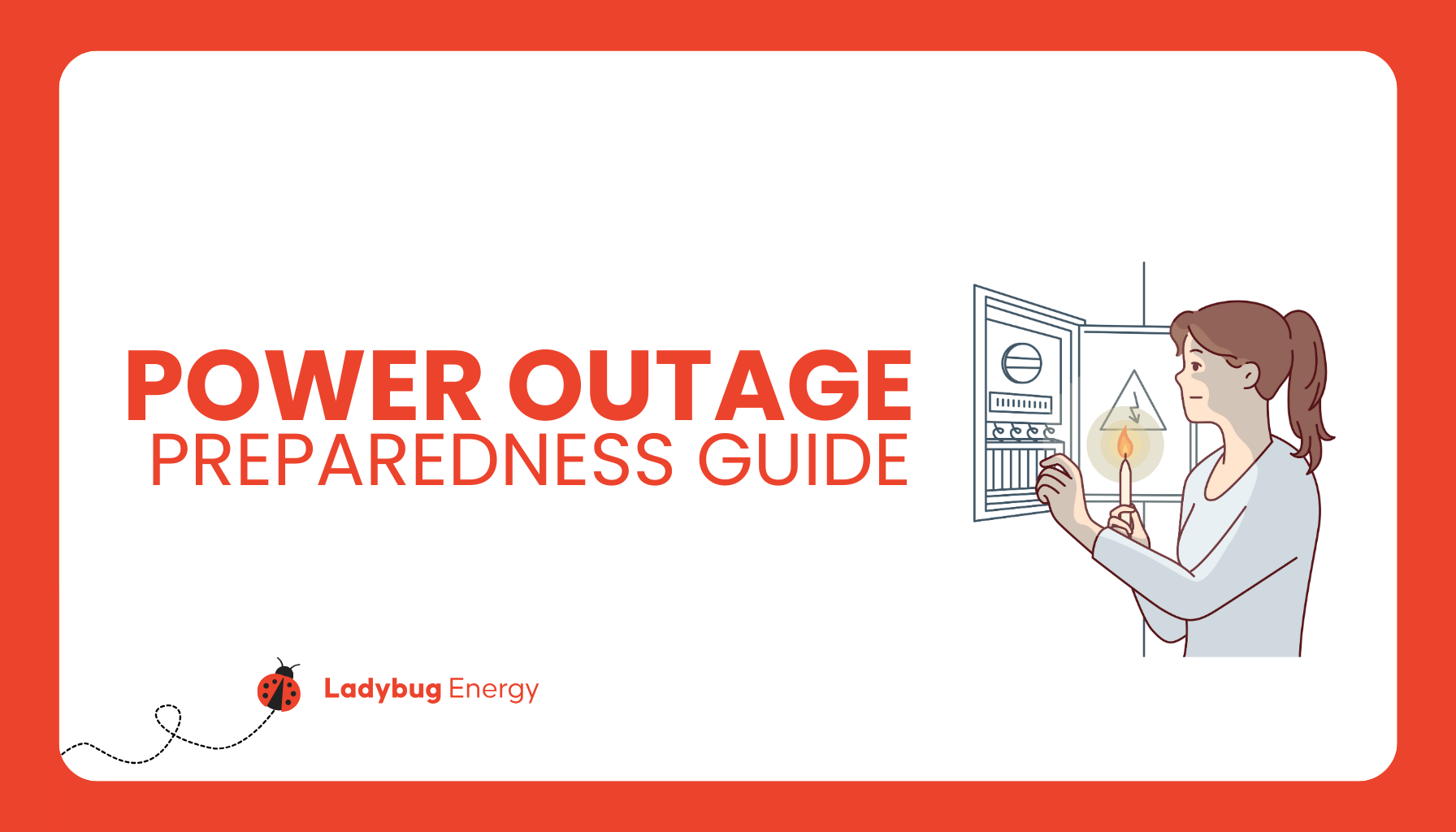
February 26, 2024
Power Outage Preparedness: A Complete Guide
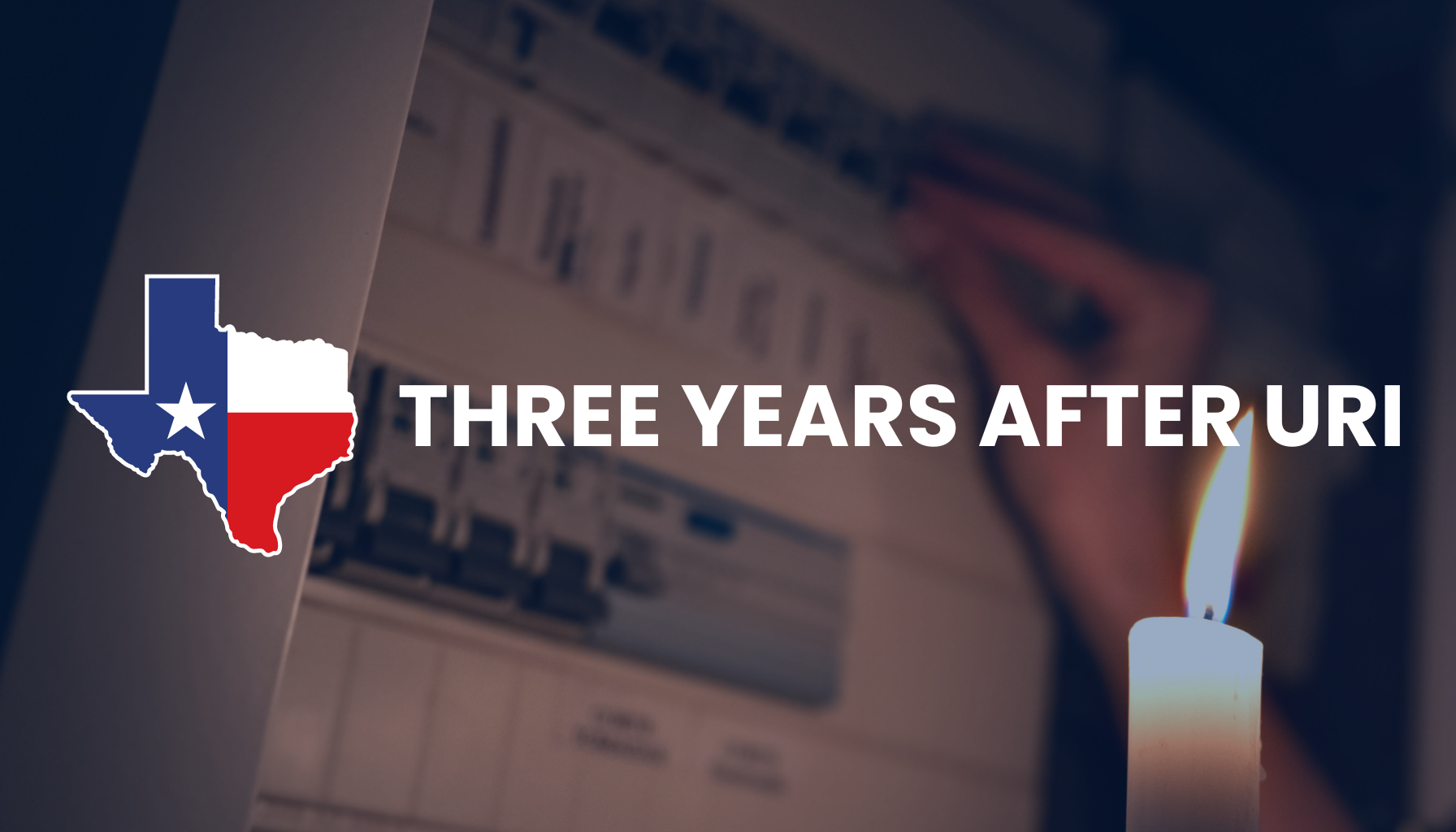
February 9, 2024
Three Years After Uri: How Texans Can Help Prevent Future Power Outages

January 11, 2024
Best Energy Saving Devices for Your Home: From Smart Tech to LED Bulbs

November 28, 2023
How to Read an Electricity Facts Label (EFL)
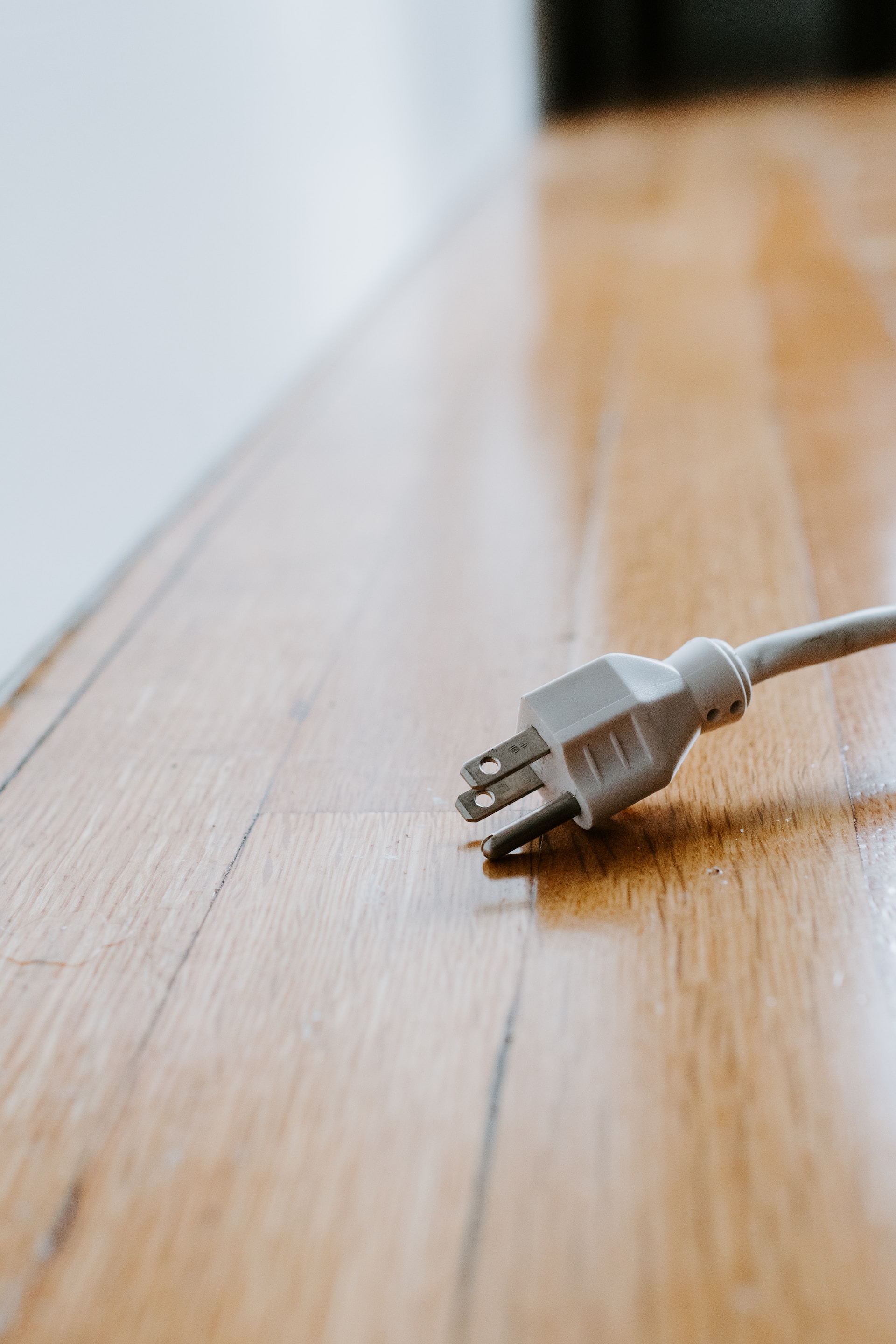
September 12, 2023
How Long Can a Landlord Leave You Without Electricity: What Tenants and Landlords Need to Know
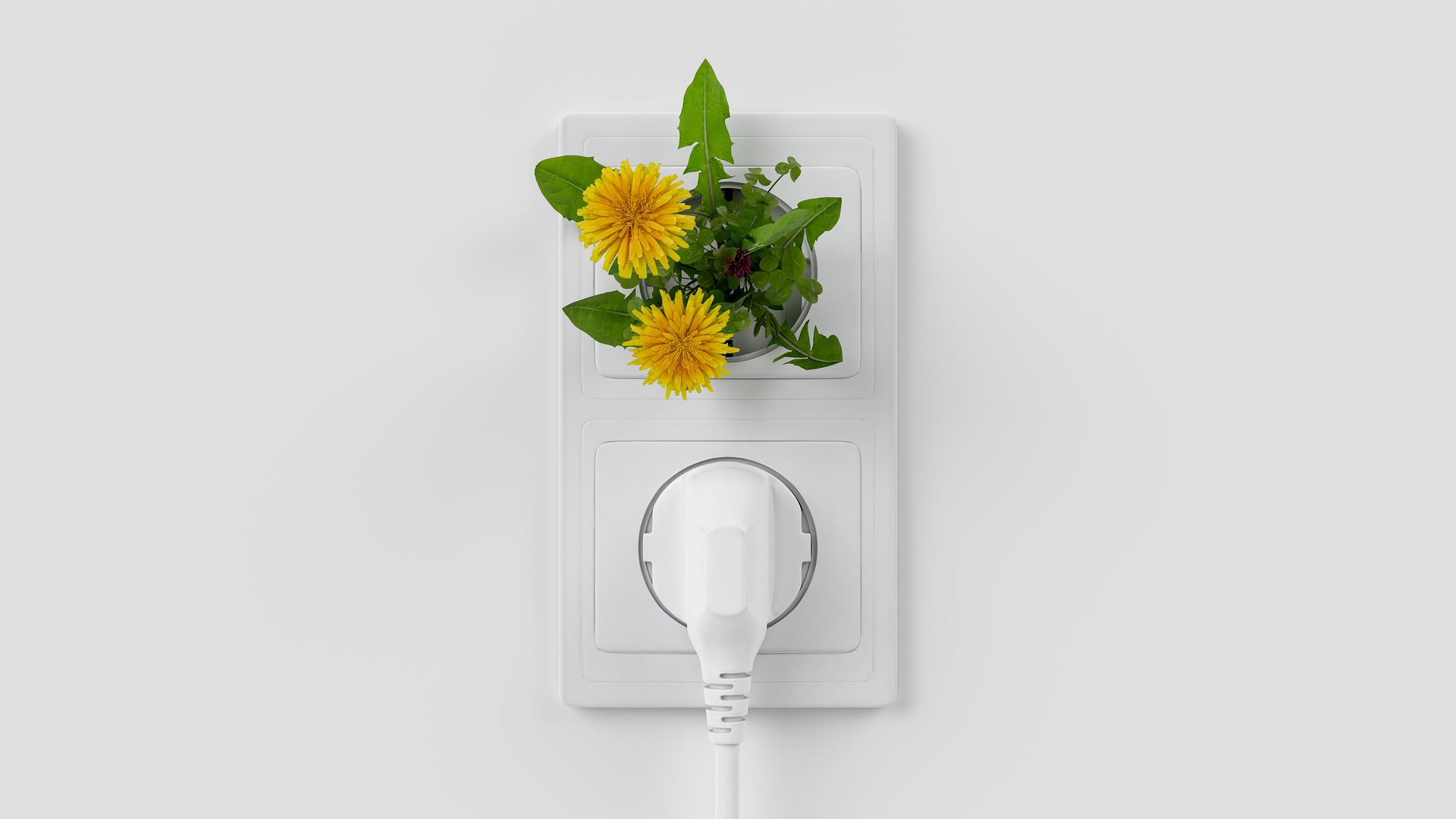
August 21, 2023
Childproofing Electricity: A Parent's Guide to Safeguarding Kids from Electrical Dangers

July 19, 2023
Does Closing Off Rooms Save Heat? An Energy Efficiency Discussion
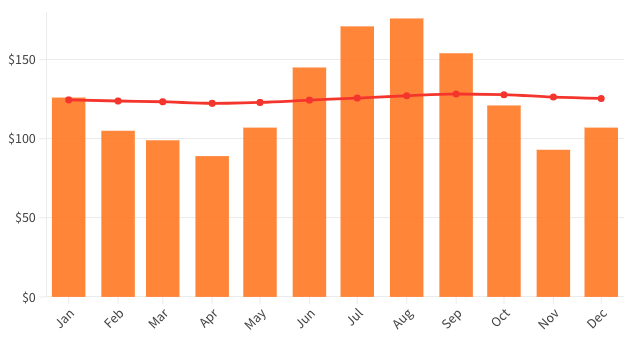
July 19, 2023